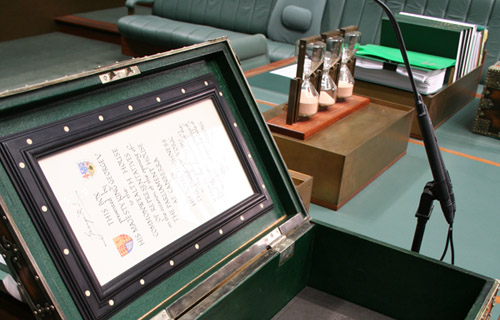Seasonally adjusted employment increased by 366,000 people (2.9 per cent) in November 2021, according to figures released today by the Australian Bureau of Statistics (ABS).
Bjorn Jarvis, head of labour statistics at the ABS, said: “The latest data shows the extent of recovery between early October and early November in jurisdictions coming out of Delta lockdowns. This included the period of relatively rapid recovery in the second half of October that we saw in payroll jobs data.
“The easing of restrictions in both New South Wales and Victoria had a large influence on the national figures, with employment in the two states increasing by 180,000 people and 141,000 people between October and November. Employment in those jurisdictions in November was only 52,000 people and 4,000 people below May, having fallen by 250,000 people and 145,000 people during the lockdowns.”
Employment, unemployment and participation
The large increase in employment saw the national participation rate increase by 1.4 percentage points to 66.1 per cent in November. This was 0.2 percentage points below the peak in May and 0.2 percentage points higher than the start of the pandemic.
Unemployment fell by 69,000 people, following an increase of 81,000 in October, as people returned to work. The unemployment rate fell by 0.6 percentage points to 4.6 per cent in November, reversing the similar sized increase in October.
| Employed people (‘000) | Unemployed people (‘000) | People not in the labour force (‘000) | |
|---|---|---|---|
| May-21 | 118.2 | -52.6 | -65.7 |
| Jun-21 | 29.5 | -21.6 | -7.9 |
| Jul-21 | -3.4 | -40.6 | 44 |
| Aug-21 | -152.8 | -22.2 | 175 |
| Sep-21 | -147.3 | 8.1 | 139.2 |
| Oct-21 | -56 | 81.1 | -25.1 |
| Nov-21 | 366.1 | -69.4 | -296.8 |
Source: Labour Force, Australia, Table 1
The rapid recovery in employment and participation between October and November was underpinned by a large number of people remaining attached to their job through the Delta lockdowns.
“Most people remained attached to their job through the Delta lockdowns and to a greater extent than we saw earlier in the pandemic,” Mr Jarvis said. “This job attachment meant, as restrictions were eased, many people were able to quickly return to work.”
During the pandemic, changes in employment and participation have been particularly large for 15 to 24 year olds. In November, youth employment rose by 123,000 people, around one third of the total increase. The youth participation rate increased by 3.7 percentage points to 70.1 per cent, the highest it had been since March 2009.
Hours worked and underemployment
Hours worked increased by 4.5 per cent in November and were less than 1 per cent below May.
In New South Wales, hours worked recovered further, increasing by 5.6 per cent in November, following a 3.8 per cent rise in October. Victorian hours worked increased by 9.7 per cent and in the Australian Capital Territory by 10.0 per cent.
“The rapid recovery in employment was also seen in hours worked, as people quickly returned to work in November,” Mr Jarvis said. “The number of employed people who worked no hours due to economic and other COVID related reasons fell from 388,000 people down to 139,000 people, the lowest it had been since May.”
| NSW | Victoria | ACT | |
|---|---|---|---|
| May-21 | 100 | 100 | 100 |
| Jun-21 | 101.5 | 91.6 | 102.6 |
| Jul-21 | 94.4 | 100.6 | 100.5 |
| Aug-21 | 88.2 | 97.1 | 97.9 |
| Sep-21 | 90.6 | 93.5 | 87.6 |
| Oct-21 | 94 | 89.6 | 90.2 |
| Nov-21 | 99.2 | 98.3 | 99.2 |
Source: Labour Force, Australia, Tables 19 and 19a
With hours worked increasing in November, the national underemployment rate fell by 2.0 percentage points to 7.5 per cent in November 2021. Large falls were also seen in the Victorian underemployment rate, down 4.0 percentage points to 7.3 per cent, with the New South Wales rate down 3.2 percentage points to 7.4 per cent.
With the unemployment and underemployment rates both falling, the underutilisation rate fell by 2.6 percentage points to 12.1 per cent, the lowest underutilisation rate since August 2012.
Today’s release includes additional analysis of hours worked, including people working zero hours, an analysis of employment and hours worked, and analysis of job attachment.







